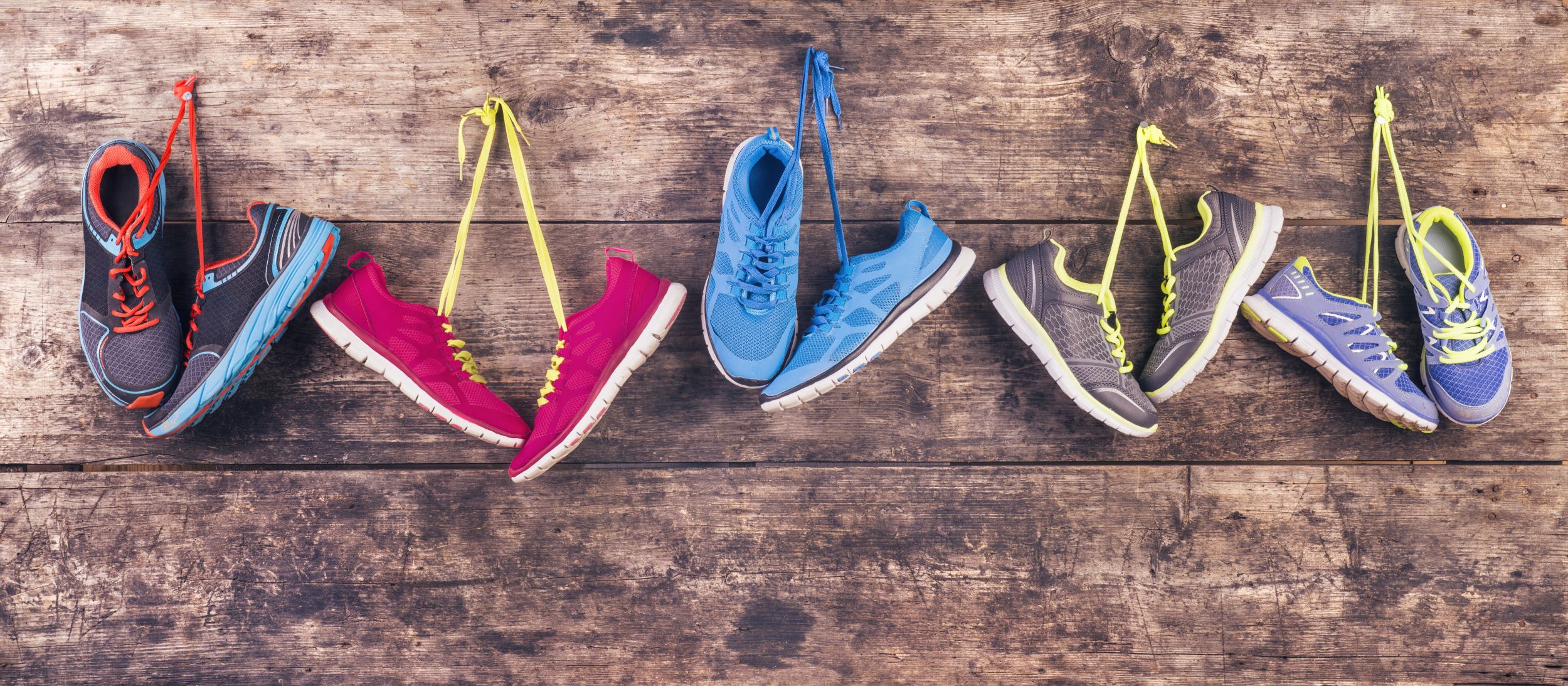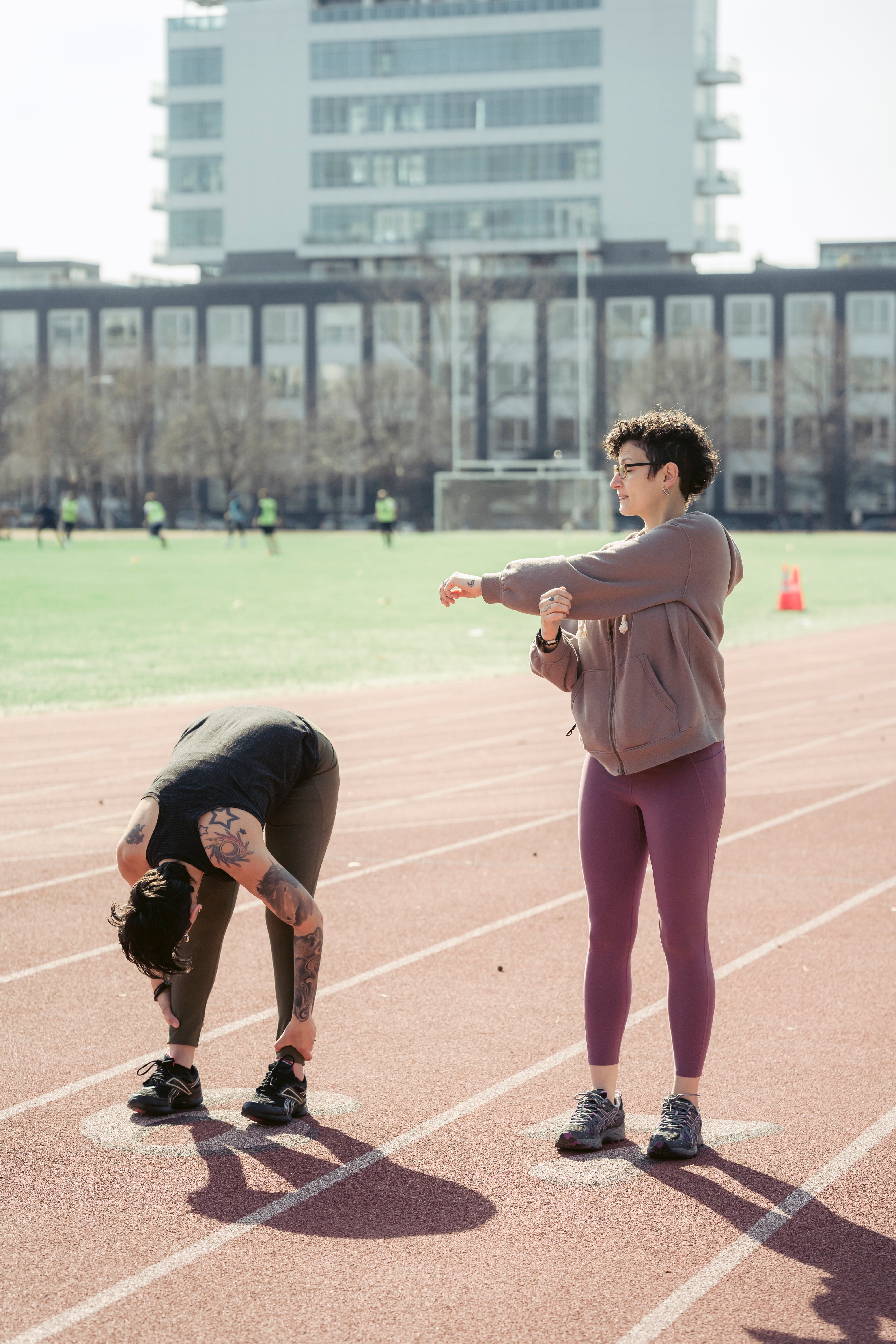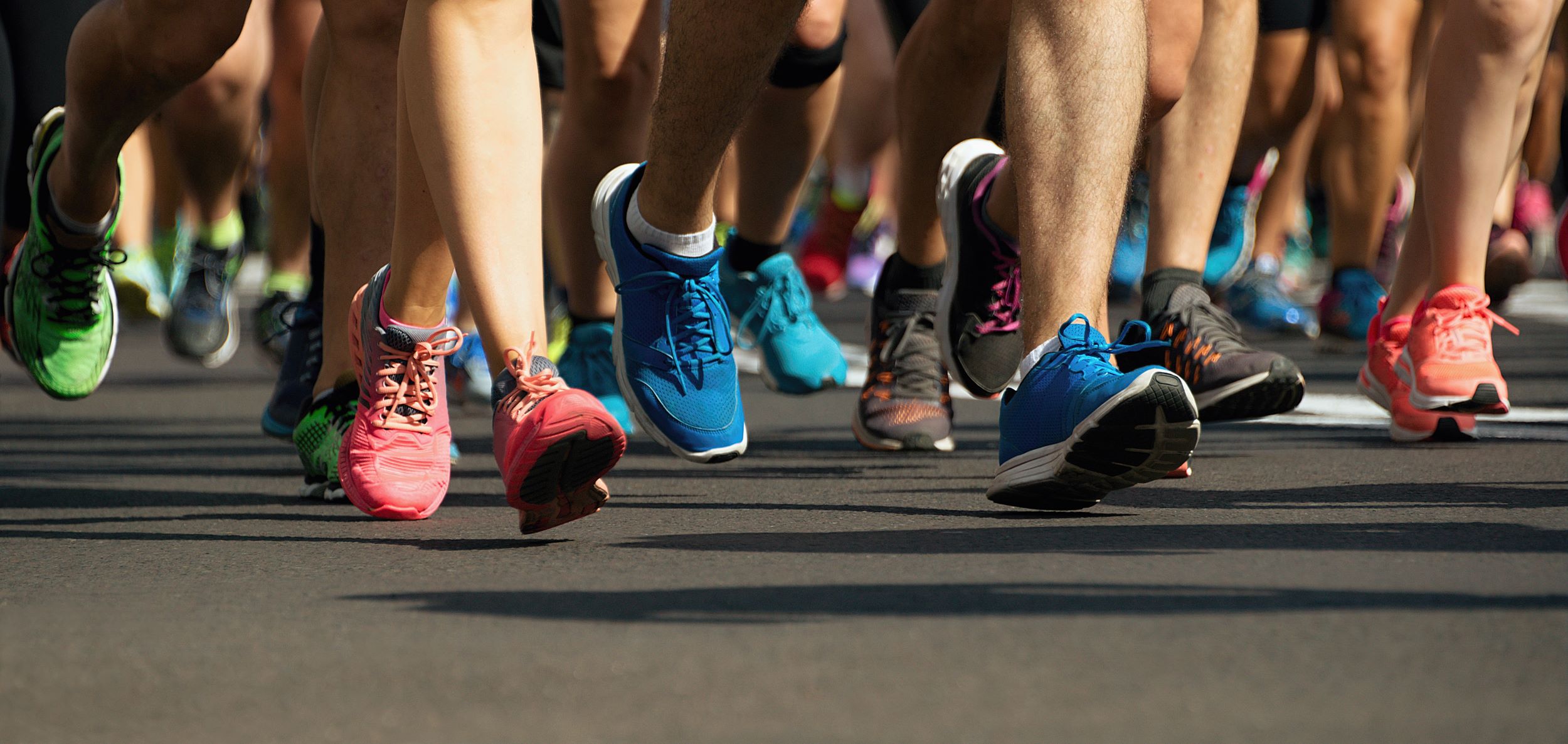Welcome to the journey of understanding whether minimalist running shoes are the perfect fit for your feet and your running goals. In a world where the market is flooded with various types of running footwear, it’s essential to dissect the hype and get to the heart of the matter: are minimalist running shoes good for you? These shoes are designed to mimic barefoot running while providing minimal interference with the natural movement of the feet. They are characterized by their lightweight design, thin soles, and flexibility, which aim to enhance the runner’s connection with the ground.
The concept behind minimalist running shoes is grounded in the philosophy that less is more. By allowing the feet to move more naturally, proponents argue that runners can improve their form, strengthen foot muscles, and reduce the risk of certain injuries. However, it’s not a one-size-fits-all solution. Whether you’re a seasoned marathoner or a casual jogger, the transition to minimalist footwear should be approached with caution and consideration of your individual needs.
Visit our website to learn more and get started today! Click here.

The Evolution and Philosophy Behind Minimalist Footwear
The rise of minimalist footwear is a response to the evolving understanding of human biomechanics and the quest for a more natural running experience. The philosophy behind this movement is rooted in the premise that before the advent of modern cushioned shoes, humans ran with little to no artificial support, relying on the natural structure and mechanics of their feet. Observations of barefoot runners, particularly in regions where modern shoes are less common, have shown a tendency towards a forefoot or midfoot strike, which contrasts with the heel strike often seen in runners wearing traditional, heavily cushioned shoes.
Minimalist shoes seek to replicate the conditions under which our ancestors ran, thus encouraging runners to develop a more ‘natural’ gait. By stripping away the excess padding and support, these shoes offer minimal interference with the foot’s natural movement, potentially leading to stronger foot muscles, improved balance, and a heightened sense of one’s surroundings. This back-to-basics approach has intrigued and attracted a dedicated following of runners who advocate for the purported benefits of minimalist running, such as reduced injury rates and increased efficiency.
However, it’s crucial to recognize that the transition to minimalist running is not without its challenges. The shift in gait and the reduced cushioning can initially lead to discomfort or injury if not managed correctly. Runners are advised to gradually incorporate minimalist footwear into their routine to allow their body time to adapt to the new demands being placed upon it.
Analyzing the Benefits of Minimalist Running Shoes
Minimalist running shoes offer a unique set of benefits that cater to runners seeking a more natural running experience. One of the most significant advantages is the promotion of a more efficient running form. By allowing the foot to move naturally, these shoes encourage a forefoot or midfoot strike, which can reduce the impact forces on the body compared to a heel strike. This can lead to a decrease in common running injuries, such as shin splints and stress fractures, as runners learn to engage the muscles and tendons of the foot and lower leg more effectively.
Another benefit is the enhanced sensory feedback. With a thinner sole, runners can feel the ground beneath their feet, allowing for better agility and proprioception. This heightened awareness can improve balance and coordination, making minimalist shoes a favorite among trail runners who navigate varied and unpredictable terrain.
Additionally, the lightweight design of minimalist shoes can contribute to increased performance. Without the bulk of traditional running shoes, runners often experience a sense of freedom and speed, potentially leading to faster run times and a more enjoyable running experience.
It’s also worth noting that minimalist running shoes can aid in strengthening the muscles of the foot and lower leg. The lack of arch support and cushioning requires the foot to work harder to stabilize the body, which over time can lead to stronger, more resilient feet. Moreover, this strength can translate into better support and stability across various activities beyond running.
Potential Drawbacks and Considerations for Minimalist Runners

While the benefits of minimalist running shoes can be attractive, potential drawbacks must be considered to ensure they are the right choice for each runner. A significant concern is the increased risk of injury when transitioning too quickly from traditional to minimalist shoes. The dramatic reduction in cushioning and support can lead to overuse injuries, such as plantar fasciitis or metatarsal stress fractures, if the body is not properly acclimated.
Another consideration is the lack of protection that minimalist shoes provide. The thin soles offer little defense against sharp objects or rough terrain, which can be a concern for runners who frequent trails or areas with debris. This lack of protection can also mean more discomfort when running on hard surfaces, potentially leading to bruising or discomfort on the soles of the feet.
Furthermore, minimalist shoes may not be suitable for all runners due to individual biomechanical differences. Those with certain foot conditions, such as flat feet or severe overpronation, may require more support than minimalist shoes can offer. It’s essential for these runners to carefully assess whether the minimalist style aligns with their personal needs and to possibly consult a healthcare professional or a running specialist.
Lastly, the climate and weather conditions can also play a role in the appropriateness of minimalist shoes. In colder environments, the minimal insulation can lead to discomfort or even frostbite on exposed toes. Runners must weigh these considerations against the benefits to determine if minimalist running shoes are an optimal choice for their running journey.
How to Transition Safely to Minimalist Running

Transitioning safely to minimalist running requires a strategic and patient approach. The key is to allow the body time to adapt to the new demands being placed on it. Begin by incorporating short, low-intensity runs in your minimalist shoes and gradually increase the distance and intensity over several weeks or months. This gradual progression helps strengthen the muscles in the feet and lower legs that are less engaged when running in traditional, cushioned shoes.
It’s also crucial to focus on proper running form. Minimalist running often encourages a forefoot or midfoot strike rather than the heel strike that is more common in traditional running shoes. Runners should concentrate on maintaining a high cadence and short stride to avoid overstraining. Engaging in form drills and technique exercises can be highly beneficial during this transition period.
Another important aspect is to include strength training and flexibility exercises specific to running. Exercises that target the calves, ankles, and arches of the feet can fortify these areas to handle the increased stress of running with less protection and support. Incorporating a routine of dynamic stretching before runs and static stretching afterwards can also help maintain flexibility and reduce the risk of injury.
Lastly, it’s crucial to listen to your body and be responsive to any signs of discomfort or pain. If any issues arise, it’s advisable to decrease the intensity or revert back to traditional running shoes for certain runs. Consulting with a professional can provide personalized guidance to ensure the transition to minimalist running is both safe and effective.
Real Runner Experiences with Minimalist Shoes
There’s no better way to understand the impact of minimalist running shoes than to hear directly from those who have laced them up and hit the pavement. Many runners report a sense of liberation when switching to minimalist shoes, often describing a ‘closer to nature’ feel and an increased awareness of their running form. They frequently note improvements in balance and proprioception, attributing this to the minimal interference between their feet and the ground.
However, experiences can vary significantly. Some runners tell tales of initial discomfort and a challenging adjustment period, followed by long-term benefits such as reduced knee pain and stronger feet. Others have faced setbacks, with stories of strain and injury resulting from too abrupt a transition or improper form. These real-world accounts underline the importance of a personalized and cautious approach to adopting minimalist footwear.
Engaging with the running community on forums and at events can provide a wealth of anecdotal evidence and peer support for those considering making the switch. Run Just For Fun offers access to a vibrant community where you can share experiences and seek advice from fellow enthusiasts.
Whether you’re curious about the minimalist movement or ready to take the plunge, there’s no substitute for doing your own research and learning from the experiences of others. Visit our website to learn more and get started today! Click here to explore tailored workouts, discover trailblazing adventures, and find the support you need on your journey towards fitness freedom with minimalist running shoes.


